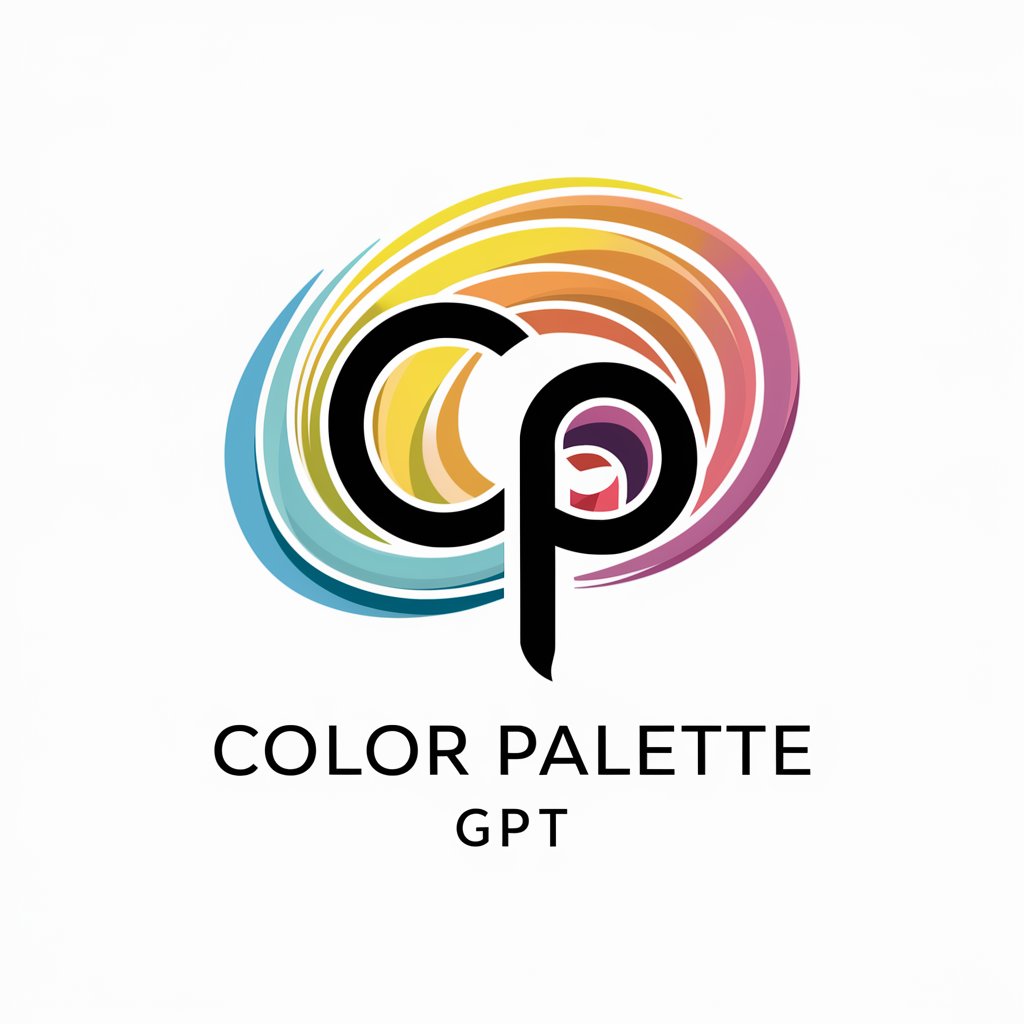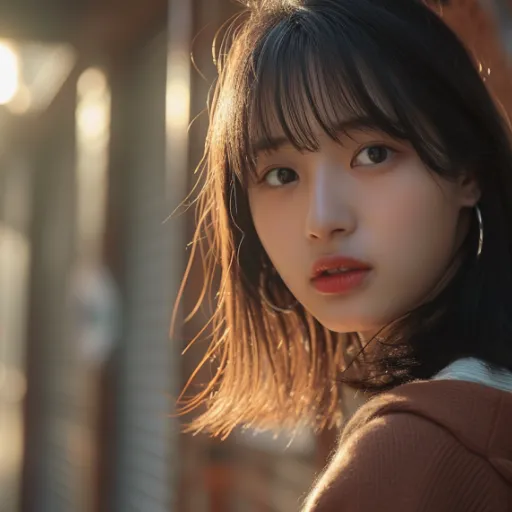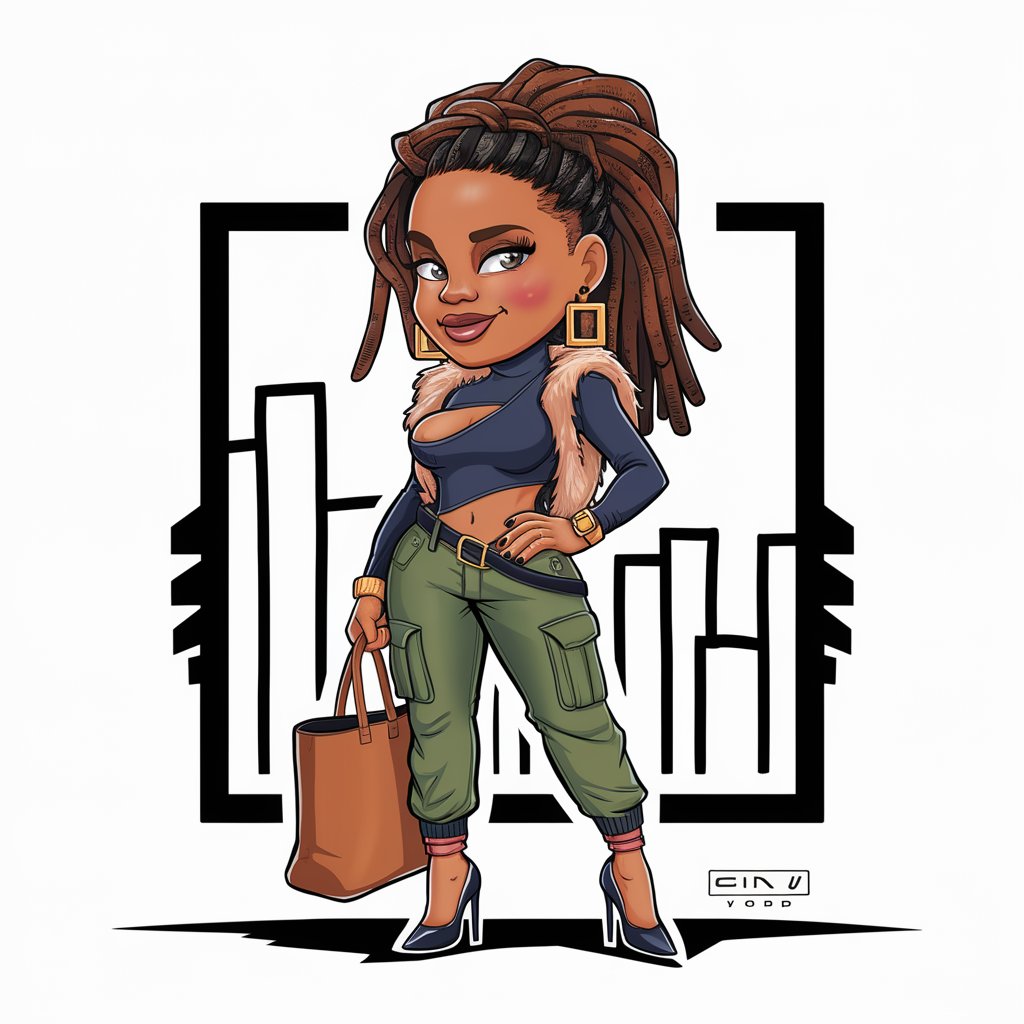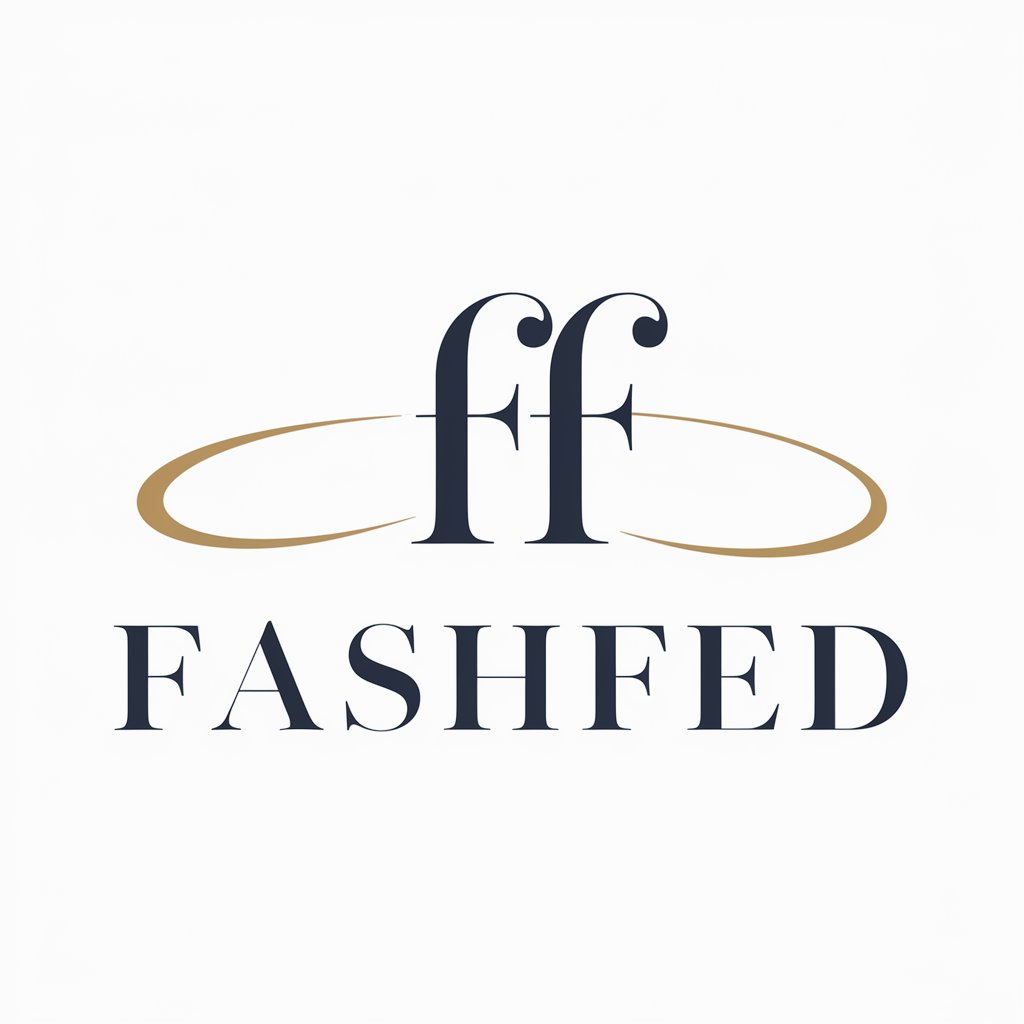5 GPTs for Fashion Powered by AI for Free of 2025
AI GPTs for Fashion are advanced artificial intelligence tools designed to serve the fashion industry by leveraging the capabilities of Generative Pre-trained Transformers. These tools are adept at understanding and generating content related to fashion, from trend analysis to design suggestions. They harness the power of machine learning to provide insights, automate tasks, and enhance creativity in fashion. By analyzing vast amounts of data, GPTs for Fashion offer tailored solutions that cater to the unique needs of this dynamic industry.
Top 5 GPTs for Fashion are: Color Palette Generator,Easy image generation with MJ,Sassy Chibi Fashionista,Ürün Açıklama Yazarı - FashFed,Review Master
Color Palette Generator
Crafting Harmonious Palettes with AI

Easy image generation with MJ
AI-powered image creation for professionals

Sassy Chibi Fashionista
Stylish advice with AI flair

Ürün Açıklama Yazarı - FashFed
Empowering Retail with AI Descriptions

Review Master
Unlock insightful product reviews with AI precision.
Key Characteristics and Functions of Fashion AI GPTs
AI GPTs for Fashion boast a range of unique features that set them apart. These include advanced language understanding for analyzing fashion trends, the ability to generate creative design ideas, technical support for fashion-related queries, and image creation capabilities to visualize concepts. Furthermore, they can adapt from basic question-answering functions to complex predictive analytics, making them versatile tools in the fashion domain. Special features might also encompass web searching for the latest trends, data analysis for market insights, and customizable interfaces for specific fashion-related tasks.
Who Benefits from Fashion AI GPTs
The primary beneficiaries of AI GPTs for Fashion include fashion enthusiasts, designers, marketers, and retail professionals. These tools are accessible to novices in the fashion industry, providing easy-to-understand insights and creative ideas without the need for coding skills. Simultaneously, they offer deep customization options for developers and professionals, enabling the development of specialized applications that cater to unique requirements within the fashion sector.
Try Our other AI GPTs tools for Free
Appliances
Discover how AI GPTs are transforming the appliances industry, offering tailored, intelligent solutions for enhanced efficiency, customer service, and innovation.
Furniture
Discover the transformative power of AI GPTs for Furniture, designed to enhance creativity, streamline operations, and elevate customer interactions in the furniture industry.
Digitalization Insights
Unlock the potential of digital transformation with AI GPTs for Digitalization Insights. Explore tailored solutions designed to drive strategic decisions and enhance your digital journey.
Technologies
Explore the world of AI GPTs for Technologies: Tailored AI solutions designed to automate, innovate, and transform the tech sector.
Methodologies
Discover how AI GPTs for Methodologies are transforming tasks with tailored AI solutions, enhancing efficiency and insights across various domains.
Visualization
Discover AI-powered GPT tools for Visualization, designed to transform complex data into clear, actionable insights with intuitive interfaces and customizable features.
Further Exploration into Fashion AI GPTs
AI GPTs for Fashion represent a cutting-edge approach to tackling the unique challenges of the fashion industry. Their user-friendly interfaces make them accessible to a wide audience, while their advanced capabilities allow for seamless integration into existing systems or workflows. As the technology evolves, its potential applications within the fashion sector continue to expand, promising even greater innovation and efficiency.
Frequently Asked Questions
What are AI GPTs for Fashion?
AI GPTs for Fashion are specialized AI tools designed to assist with various tasks in the fashion industry, leveraging the power of Generative Pre-trained Transformers to analyze data, generate creative content, and provide insights.
How can AI GPTs benefit the fashion industry?
These tools offer benefits like trend analysis, design inspiration, market research, and personalized customer engagement strategies, enhancing creativity and efficiency within the industry.
Do I need programming skills to use AI GPTs for Fashion?
No, many AI GPTs are designed with user-friendly interfaces that don't require programming skills, making them accessible to a broad audience.
Can AI GPTs for Fashion generate images?
Yes, many of these tools include image creation capabilities, allowing users to visualize design concepts and trends.
Are AI GPTs customizable for specific fashion tasks?
Absolutely, they offer a range of customization options, enabling developers to tailor the tools for specific needs, from trend forecasting to customer service.
How do AI GPTs for Fashion stay updated with trends?
These AI tools continuously analyze data from various sources, including social media and fashion publications, to stay abreast of the latest trends.
Can AI GPTs predict future fashion trends?
Yes, by analyzing vast amounts of data and identifying patterns, AI GPTs can make informed predictions about future trends in the fashion industry.
How can businesses integrate AI GPTs into their operations?
Businesses can integrate these tools into their operations through APIs or by developing custom applications, enhancing areas such as product development, customer engagement, and market analysis.